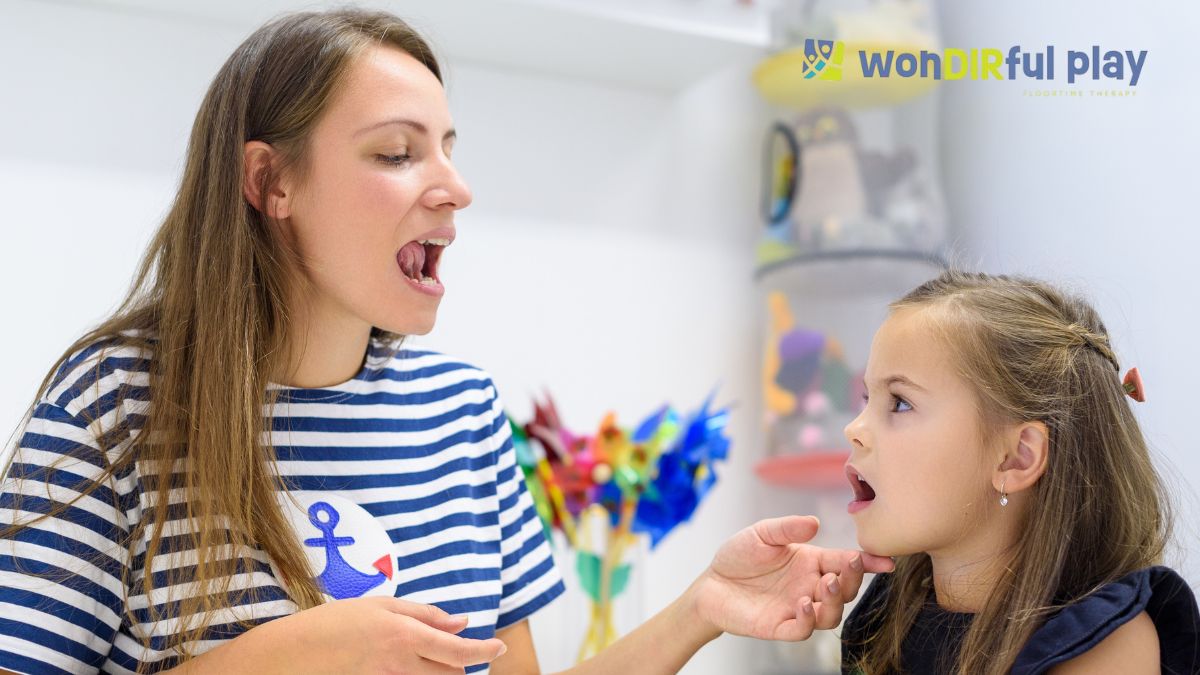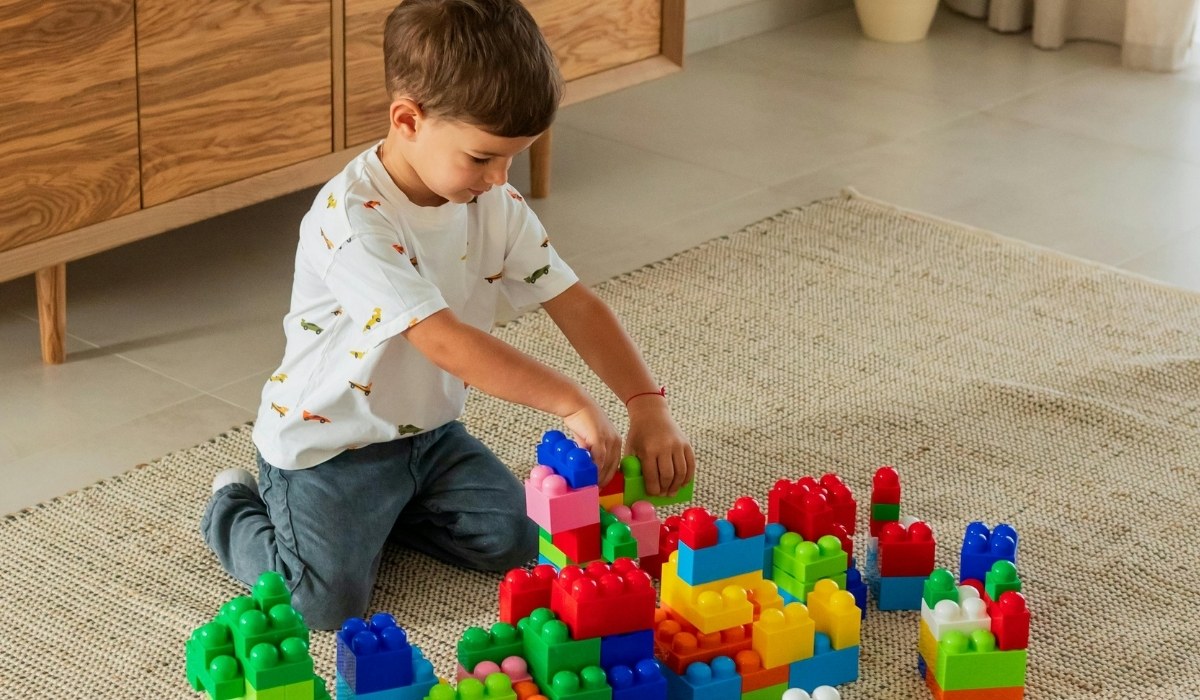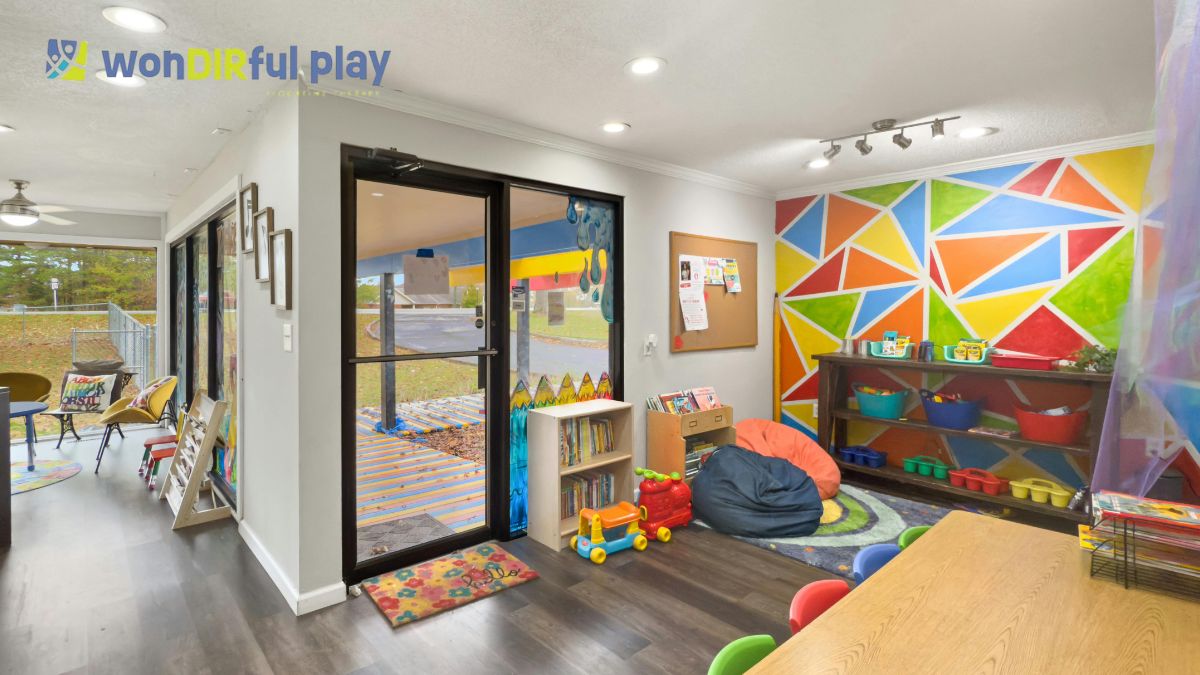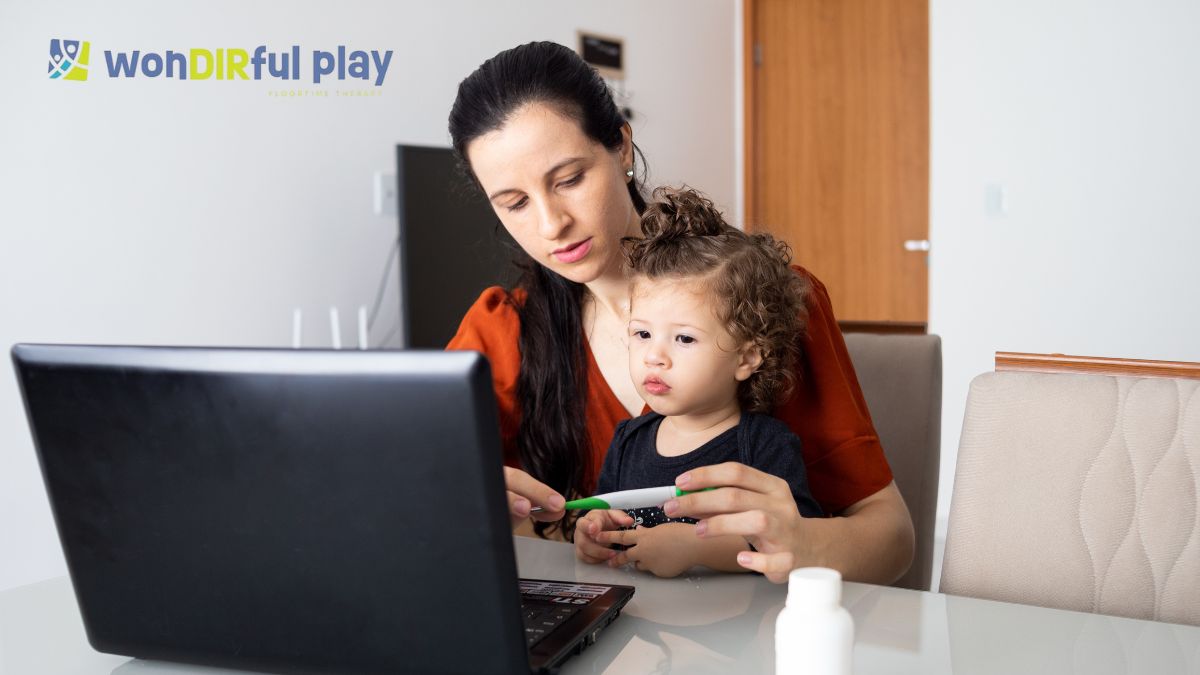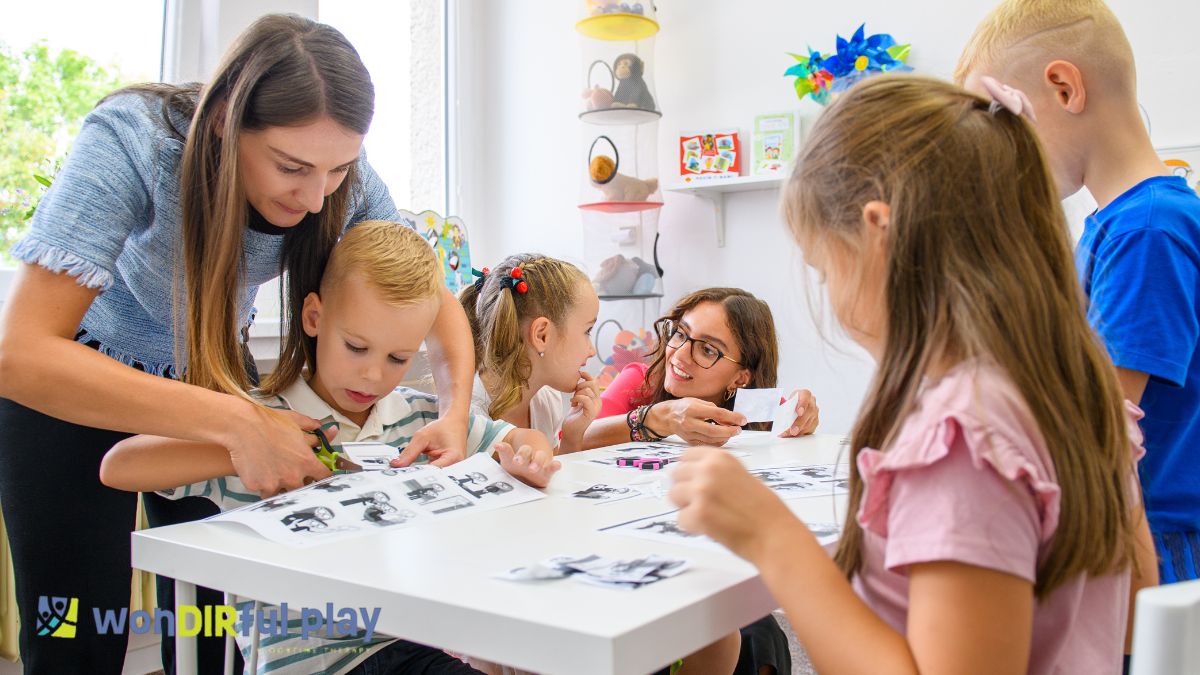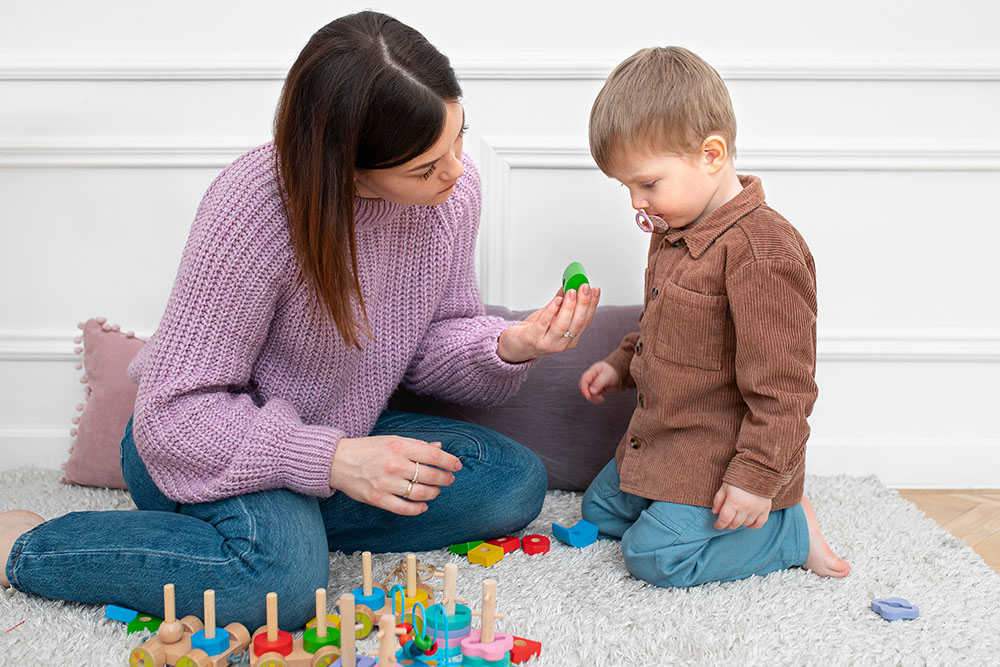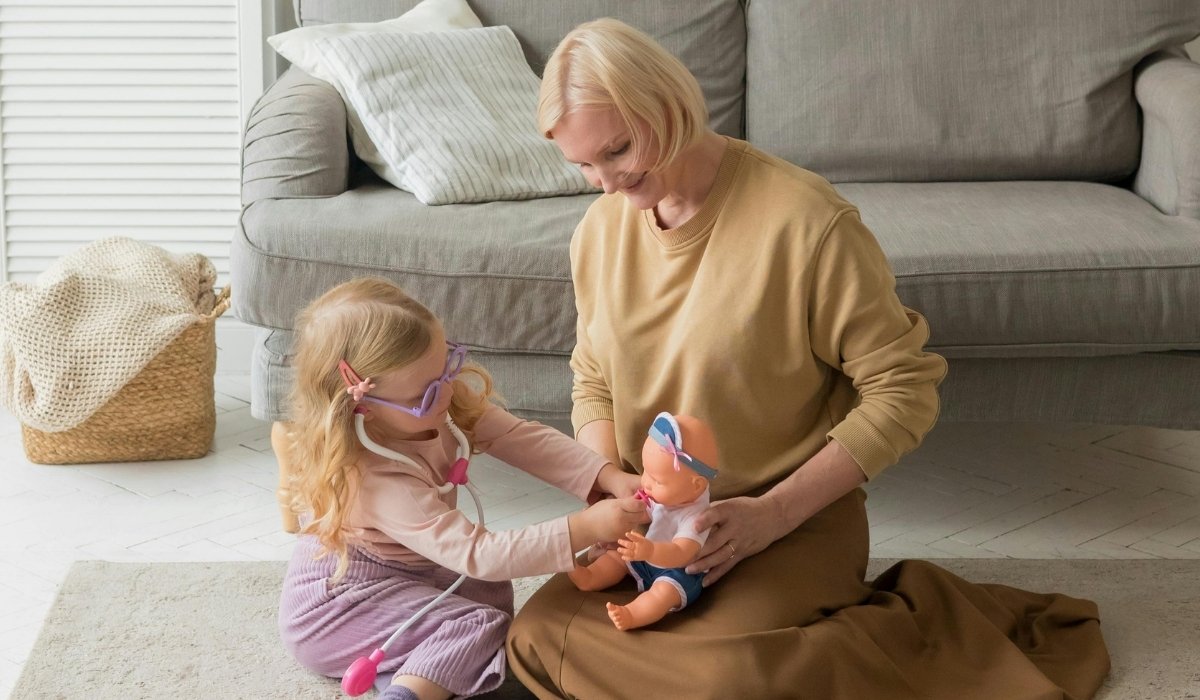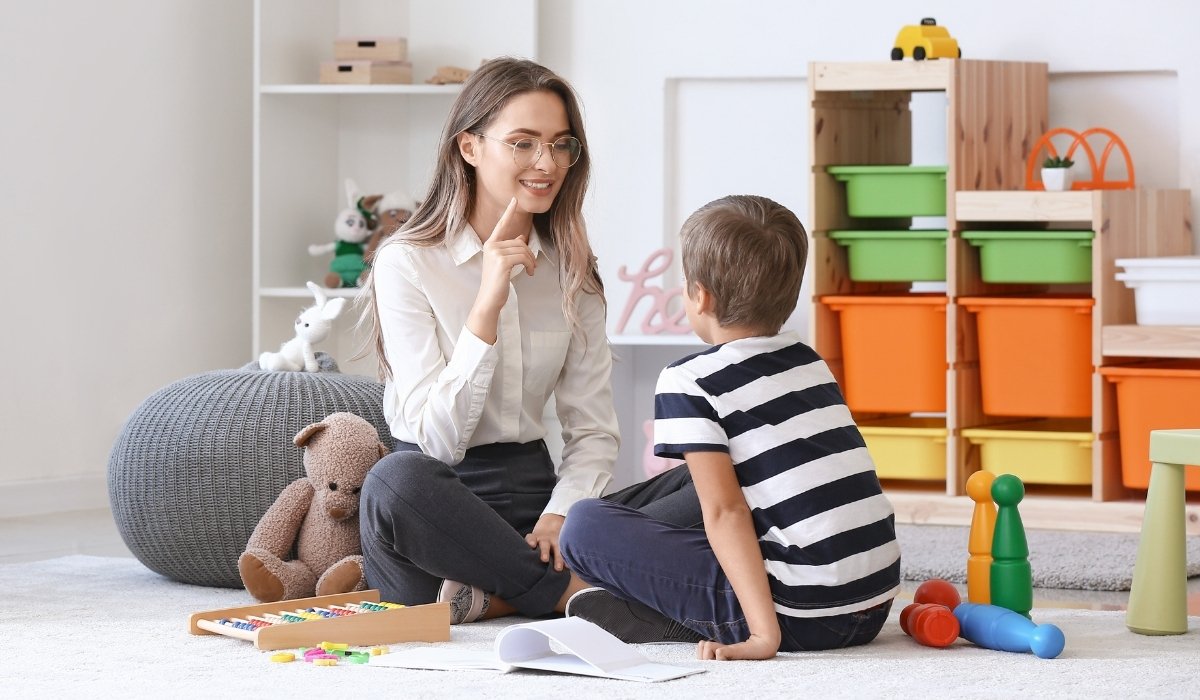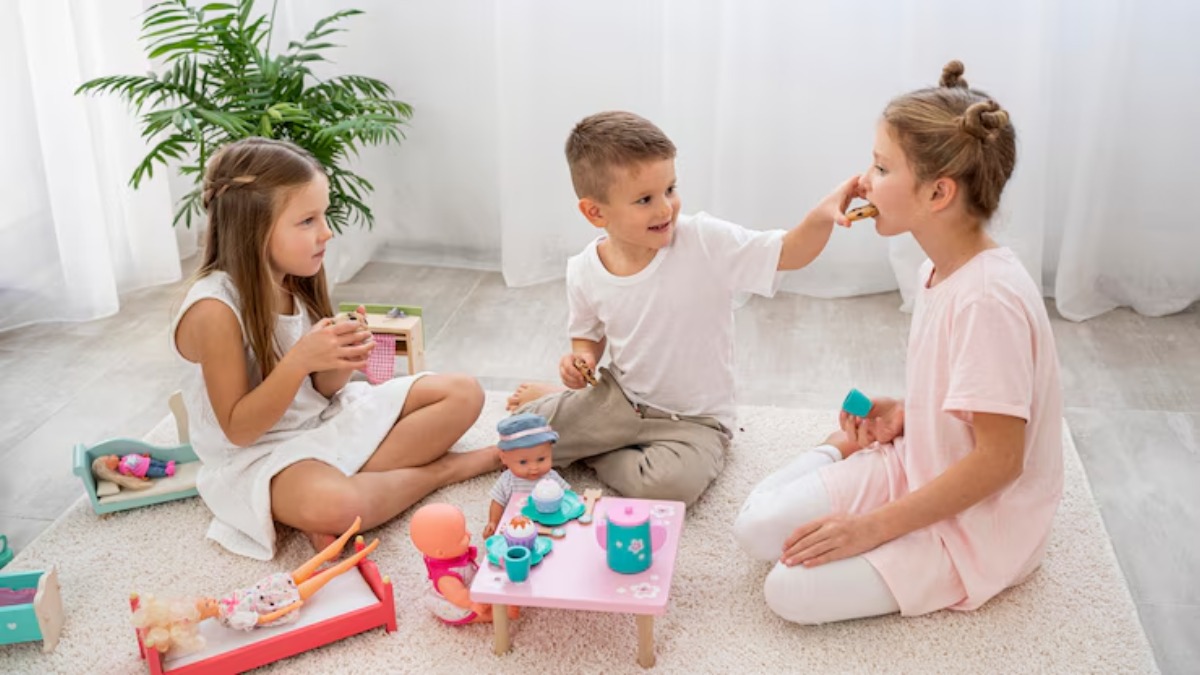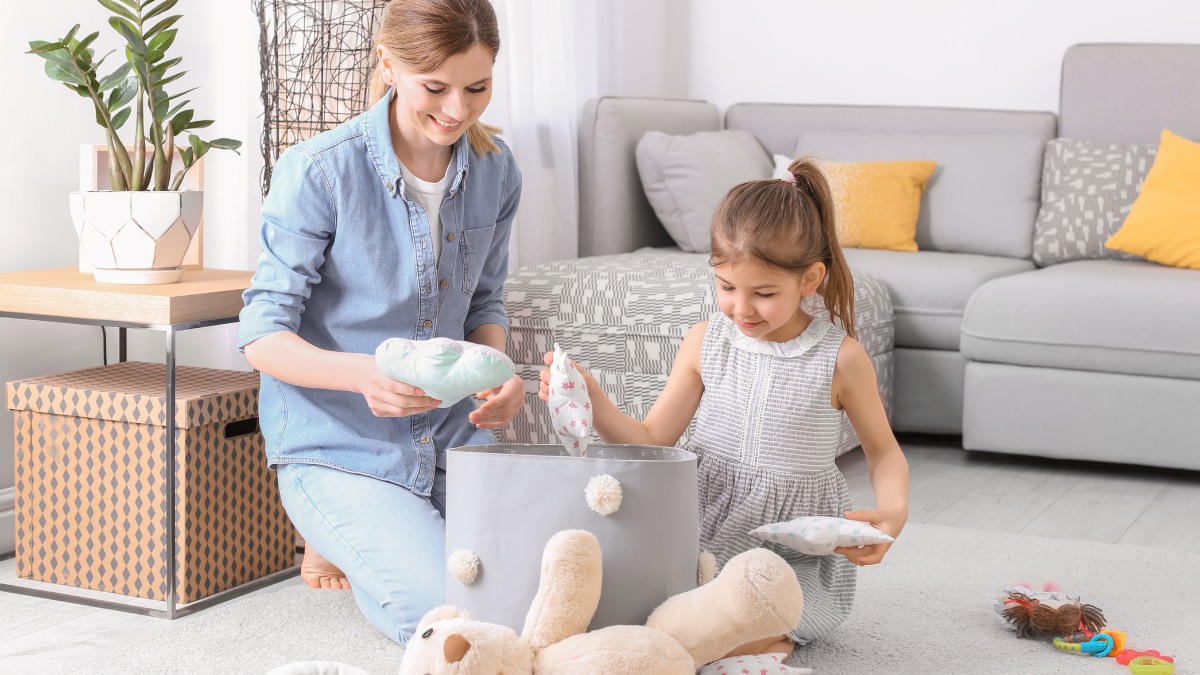Sensory Profiles in DIR Floortime: Why They’re Essential
July 10, 2025
See how understanding your child’s sensory profile can unlock deeper connection and progress through DIR/Floortime sessions.

Key Points:
- Sensory profiles are vital in tailoring DIR/Floortime sessions to meet a child’s unique needs and promote emotional growth.
- Each sensory modality—visual, auditory, tactile, etc.—plays a distinct role in how a child engages, processes, and responds during play.
- Understanding and using these profiles help parents and therapists create individualized, sensory-friendly environments that enhance developmental outcomes.
Before diving into the specifics of sensory profiles, it’s important to understand why they’re so essential in a DIR/Floortime approach. Every child brings a unique set of sensory preferences to the world—some crave movement, others shy away from loud sounds, while some seek deep pressure to feel calm.
These differences shape how a child engages with people, environments, and experiences. To build truly meaningful interactions, we must start by tuning into how each child processes the world around them. That’s where sensory profiles come in—they help guide us in tailoring therapeutic experiences that feel safe, supportive, and aligned with each child’s nervous system.
Let’s explore what these profiles are and how they shape the heart of DIR/Floortime work.
What are Sensory Profiles in DIR/Floortime?
Sensory profiles in DIR/Floortime refer to the documented patterns of how a child perceives, seeks, or avoids sensory input across various modalities.
In practice, these profiles guide the customization of therapeutic interactions based on what a child finds calming, stimulating, or overwhelming. This ensures each session aligns with their natural rhythms and fosters more productive engagement.
A typical sensory profile evaluates the child’s responsiveness to:
- Visual input (e.g., lighting, colors, movement)
- Auditory input (e.g., loudness, pitch, tone)
- Tactile input (e.g., textures, temperature, pressure)
- Olfactory and gustatory input (e.g., smells and tastes)
- Vestibular input (e.g., movement, balance)
- Proprioceptive input (e.g., body awareness, joint pressure)
By using these profiles, caregivers and professionals can co-regulate with the child more effectively, minimizing distress and maximizing developmental growth. Instead of assuming a one-size-fits-all strategy, DIR/Floortime thrives on dynamic, individualized interactions—and sensory profiles are what make that personalization possible.
How Sensory Profiles Shape DIR/Floortime Sessions
DIR/Floortime sessions revolve around engaging a child on their developmental level and building upward. Understanding a child's sensory profile gives structure to this engagement. It’s not just about playing—it's about using play as a bridge to target regulation, shared attention, and communication.
Take, for instance, a child who is hypersensitive to sound. A therapist informed by their sensory profile may use soft-spoken play scripts or avoid noisy toys to reduce anxiety. On the other hand, a sensory-seeking child may benefit from vestibular activities like swinging or spinning to reach a calm and focused state before any shared engagement.
This method involves several core principles:
- Assessment of Sensory Preferences: Initial evaluation through observation, standardized tools, and caregiver input. Examples include the Sensory Profile 2 or the Sensory Processing Measure.
- Adaptation of Activities: Modifying toys, setting, and therapist behavior based on individual triggers and preferences.
- Responsive Adjustment: Ongoing adjustment of session pace and input depending on moment-to-moment reactions from the child.
Each adjustment is not incidental—it's strategic. The aim is to reduce the “noise” (literal or metaphorical) and allow the child’s intrinsic motivations and developmental goals to take center stage.

6 Key Sensory Modalities and Their Role in DIR/Floortime
Every sensory system plays a different role in how a child navigates the world. Understanding how each system contributes to comfort, distress, or motivation is key in crafting successful DIR/Floortime experiences.
1. Visual
- Description: Sensitivity to light, color, and visual patterns.
- In DIR/Floortime: Use of dim lighting or non-distracting environments can reduce overstimulation and help the child focus.
2. Auditory
- Description: Reactions to noise levels or particular frequencies.
- In DIR/Floortime: Quiet play zones or rhythmic verbalizations may soothe children sensitive to loud sounds.
3. Tactile
- Description: Response to touch, including texture and pressure.
- In DIR/Floortime: Introducing calming textures (e.g., soft fabrics or sensory bins) can either soothe or stimulate depending on the need.
4. Olfactory/Gustatory
- Description: Sensitivities or preferences in smell and taste.
- In DIR/Floortime: Aromatherapy or scent-free environments can regulate mood or prevent aversions.
5. Vestibular
- Description: Involves balance and movement sensitivity.
- In DIR/Floortime: Activities like rocking or spinning help regulate states of arousal and engagement.
6. Proprioceptive
- Description: Awareness of body positioning and force.
- In DIR/Floortime: Heavy work activities (e.g., pushing/pulling) promote grounding and calmness.
These sensory systems do not operate in isolation. A child may be under-responsive in one and over-responsive in another, requiring a complex, coordinated therapeutic approach.
Integrating Sensory Profiles to Create a Sensory-Friendly Environment
A key tenet of effective DIR/Floortime is not just understanding a child’s sensory needs—but actively creating environments that support them.
These environments should be:
- Predictable to avoid sensory surprises.
- Flexible to allow for changes based on the child’s shifting state.
- Supportive of independent sensory regulation.
Common Environmental Modifications Include:
Lighting Control
Use natural or dimmable lighting; avoid fluorescents.
Noise Management
Soundproofing or white noise machines to filter unpredictable auditory input.
Texture Options
Include a range of tactile materials—fabrics, foam, water, rice bins—for safe exploration.
Safe Movement Zones
Designated areas with mats, swings, or tunnels to allow movement without overstimulation.
In such environments, the child has the space to regulate themselves and choose their level of engagement. DIR/Floortime does not force connection—it invites it. And that invitation starts by making the environment feel safe and accessible through the lens of the sensory profile.
Empowering Parents Through Sensory Understanding
Parents are not just observers—they are co-regulators, play partners, and developmental guides. Understanding a child’s sensory profile can empower parents to extend DIR/Floortime principles into everyday life.
Ways Parents Can Use Sensory Profiles at Home:
Build Sensory Routines
Predictable activities like morning brushing with a specific texture or a nighttime rocking routine.
Use Movement Strategically
Add bouncing or heavy work before challenging social or academic tasks.
Adjust the Home Environment
Create a quiet corner with soft lighting, fidget tools, and calming visuals.
Moreover, being fluent in your child’s sensory profile allows better communication with therapists and ensures greater consistency across settings.

Observe, Adjust, and Evolve: The Dynamic Nature of Sensory Profiles
Sensory needs are not static. A child may be sensory-seeking during one developmental stage and sensory-avoidant at another. Factors like fatigue, illness, or stress can also affect sensory responses.
That’s why regular monitoring and reevaluation are crucial.
Tips for Ongoing Sensory Monitoring:
- Keep a sensory journal.Track behaviors before, during, and after activities.
- Check in with professionals every 3–6 months.
- Adapt environments and interactions based on new responses.
This ongoing loop of observation and adjustment ensures that DIR/Floortime remains developmentally aligned and emotionally safe for the child.
Promote Progress Through Individualized Sensory Support
The true strength of DIR/Floortime lies in its flexibility. By using sensory profiles, caregivers and therapists can match each child’s readiness for interaction, attention, and emotional connection. These profiles offer far more than a checklist—they are a blueprint for how a child experiences the world and how we can meet them there.
Rather than teaching isolated skills, DIR/Floortime nurtures whole-child development—and sensory attunement is foundational to that growth.
Start Building Stronger Connections Through DIR/Floortime
At WonDIRfulPlay, we specialize in providing personalized DIR Floortime in New Jersey that honors your child’s unique sensory profile. Our team is trained in relationship-based developmental interventions designed to meet children where they are—emotionally, cognitively, and sensorially.
Whether your child seeks movement, avoids noise, or thrives with tactile exploration, we adapt each session to maximize comfort and engagement. We understand that true progress starts with meaningful connection—and that connection is only possible when sensory needs are respected.
Contact us today to learn how our DIR/Floortime services can support your child’s growth in a way that’s nurturing, responsive, and research-backed.
Recent articles


-ink.jpeg)

-ink.jpeg)
-ink.jpeg)
-ink.jpeg)
-ink.jpeg)
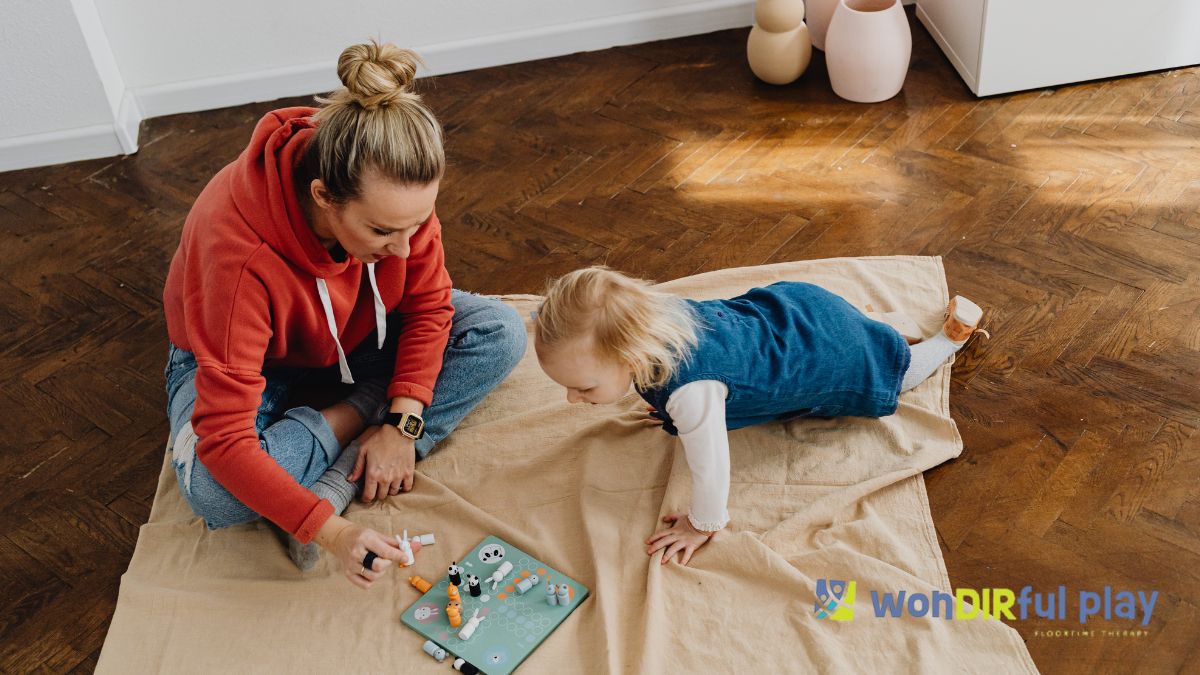
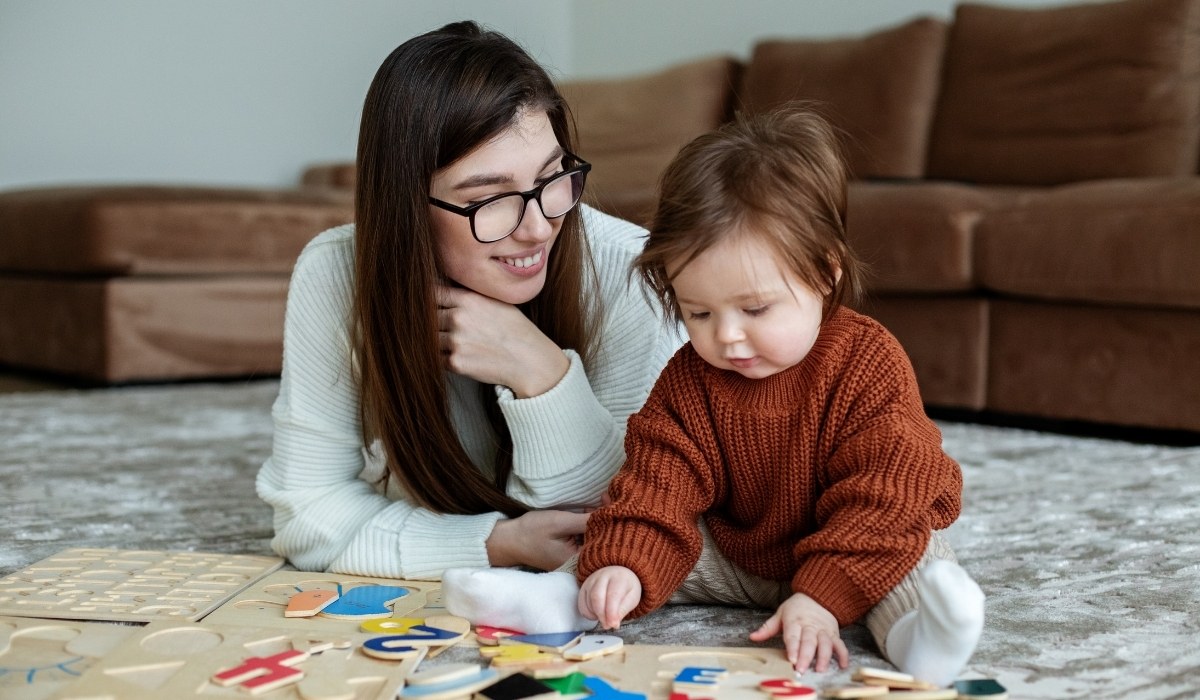
-ink.jpg)
-ink.jpeg)
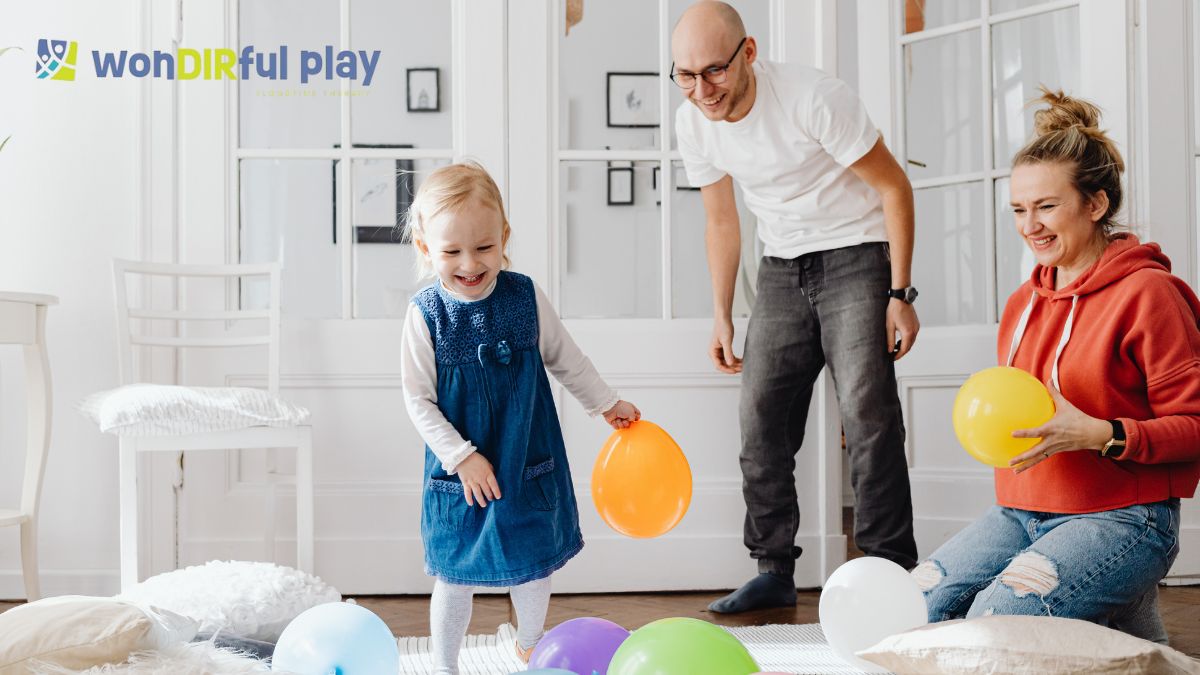
-ink.jpeg)
-ink.jpeg)
-ink.jpeg)

